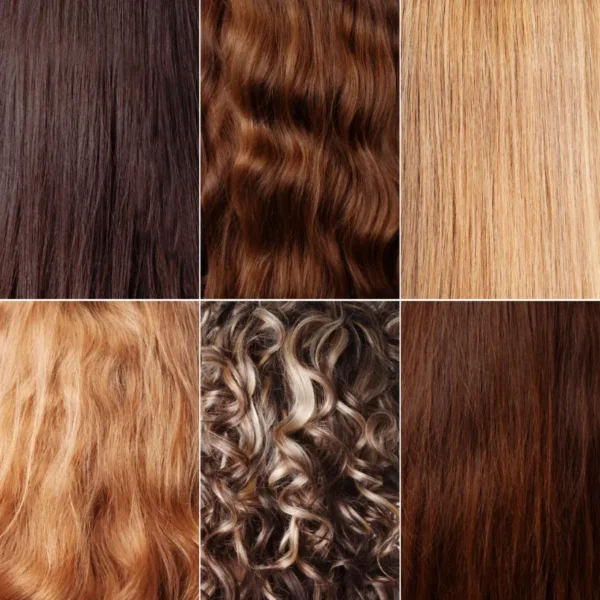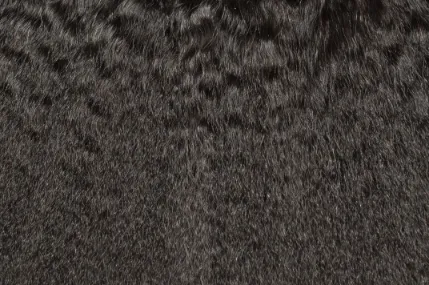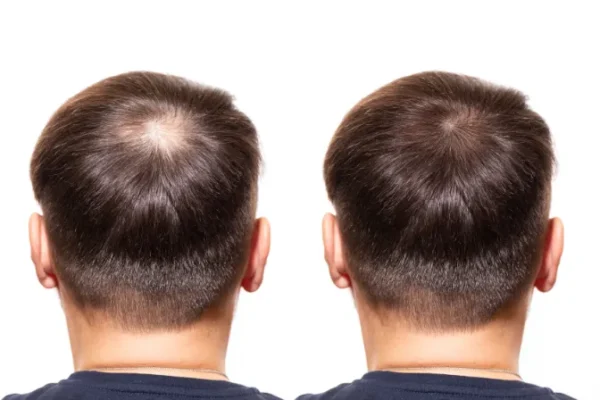Elite Hair Centers
We know that choosing a hair restoration provider is an important decision. At Elite Hair Centers, our unique dermatology and plastic surgery team is dedicated to delivering exceptional results with expertise and passion. This is what sets us apart from the competition.
Hair Care
This section delves into hair physiology, hair care, and hair styling products. Adequate hair care is a vital aspect of personal hygiene, and it is important to recognize the potential risks associated with certain hair care products, as they can cause damage to your hair. Both men and women can benefit from employing proper hair care techniques to avert hair breakage and/or loss.
Hair Physiology
Understanding the porosity, elasticity, texture, and permeability of your hair is crucial for effective hair care. Being familiar with these characteristics can help you select the appropriate products and treatments to maintain healthy, beautiful hair.
- Porosity
Hair porosity refers to the hair’s ability to absorb and retain moisture. Low porosity hair has tightly packed cuticles that hinder moisture absorption, whereas high porosity hair has open cuticles that absorb moisture easily but struggle to retain it. Various external factors can damage the cuticle, leaving it vulnerable and allowing subsequent damage to the underlying cortex. Repeated cuticle damage results in a permanently dry and brittle hair shaft, as it cannot retain moisture. For low porosity hair, use lightweight products and avoid heavy oils and butters. Warm water and a clarifying shampoo can help open cuticles, allowing moisture to penetrate. For high porosity hair, deep conditioning treatments and leave-in conditioners can help seal in moisture and prevent breakage. - Elasticity
Elasticity measures how well your hair can stretch and return to its natural shape without breaking. Healthy hair should have good elasticity, allowing it to withstand stretching without snapping or breaking. Hair with poor elasticity is prone to breakage and damage. If you’re experiencing breakage, it could indicate that your hair lacks elasticity. A balanced diet rich in protein and vitamins can improve hair elasticity. Deep conditioning treatments with hydrolyzed proteins can also help strengthen and repair your hair. - Texture
Texture refers to the thickness and feel of each hair strand. Hair can be fine, medium, or thick, affecting its appearance and behavior. Understanding your hair’s texture helps you choose the right styling products and techniques. Different hair textures may require distinct care routines. Fine hair may need more frequent washing to avoid buildup, while coarse hair can benefit from regular deep conditioning treatments to prevent dryness. - Permeability
Permeability describes how easily your hair absorbs and holds onto chemicals, such as hair dyes and styling products. It is influenced by the degree of porosity, elasticity, and texture of the hair shaft. Hair with high permeability is more prone to damage from these products, while hair with low permeability may be more difficult to color or style. If your hair has high permeability, avoid over-processing or using harsh chemicals that can further damage your hair. Regular deep conditioning treatments and leave-in conditioners can help restore moisture and prevent further damage. If you have low permeability hair, using a steamer or applying products to damp hair can help improve absorption.



TESTIMONIALS

Before & After Gallery
*Individual results may vary.

